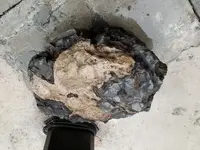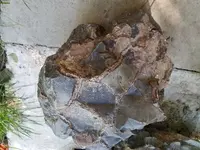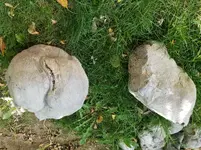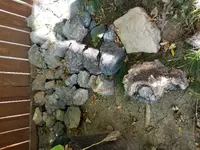My dad and I have a spot we like to go to where we find a ton of Septarian Nodules as well as these yellow rocks. We can't figure out what these are, as they sort of look like wood, but they're the wrong color to be petrified wood and are fragile and like to crumble apart if you're not careful. What are these?
Attachments
Last edited:













